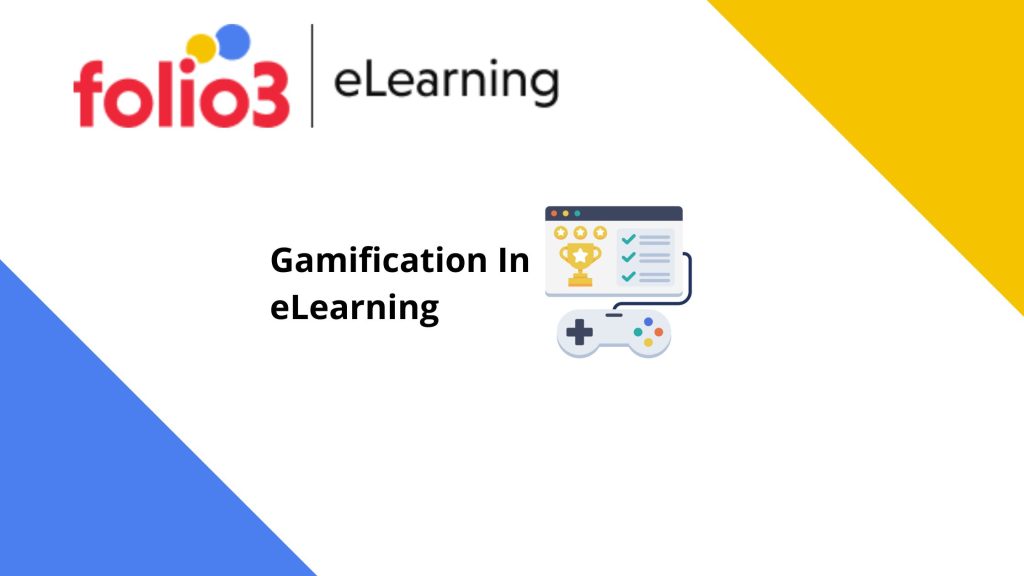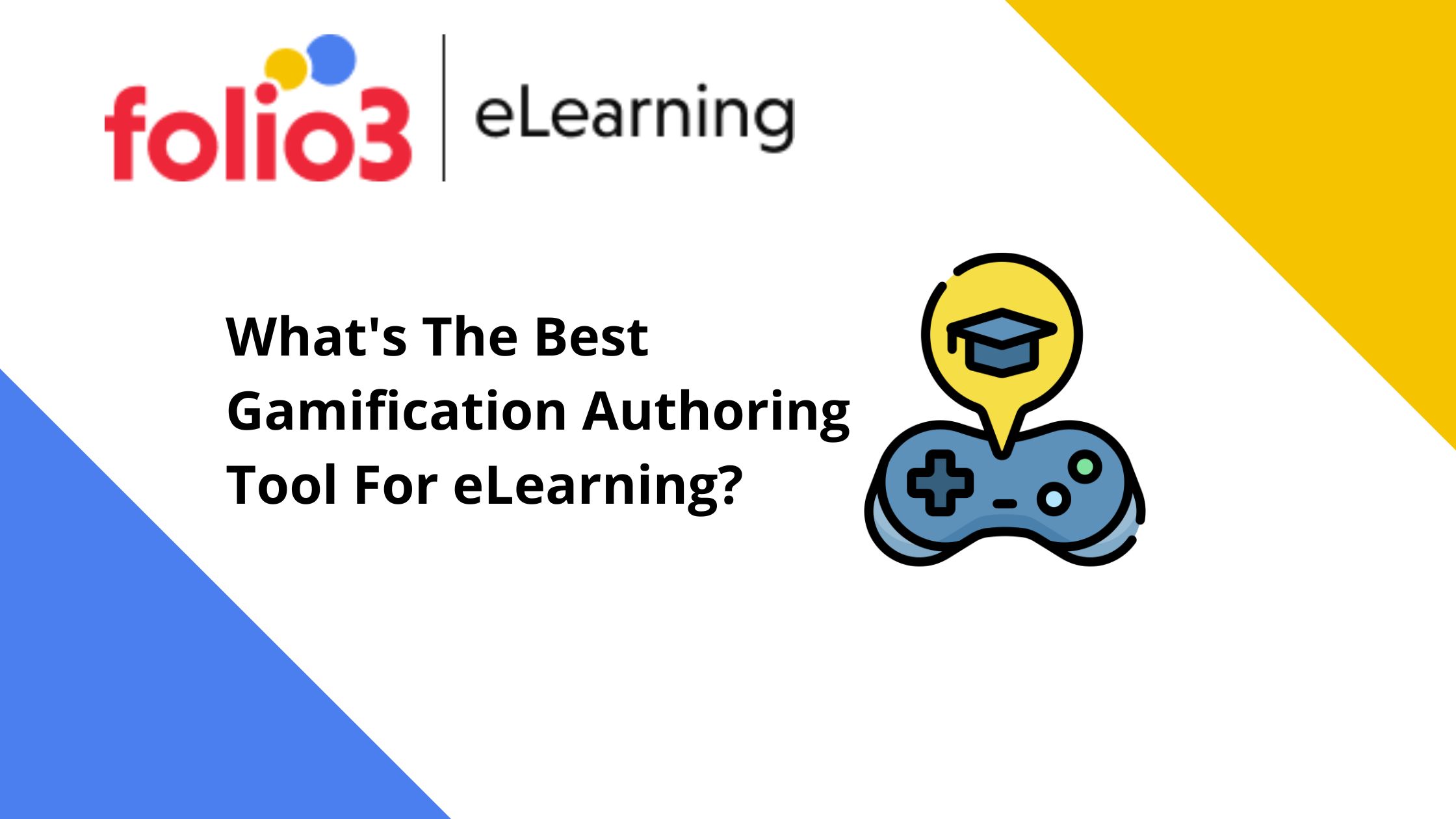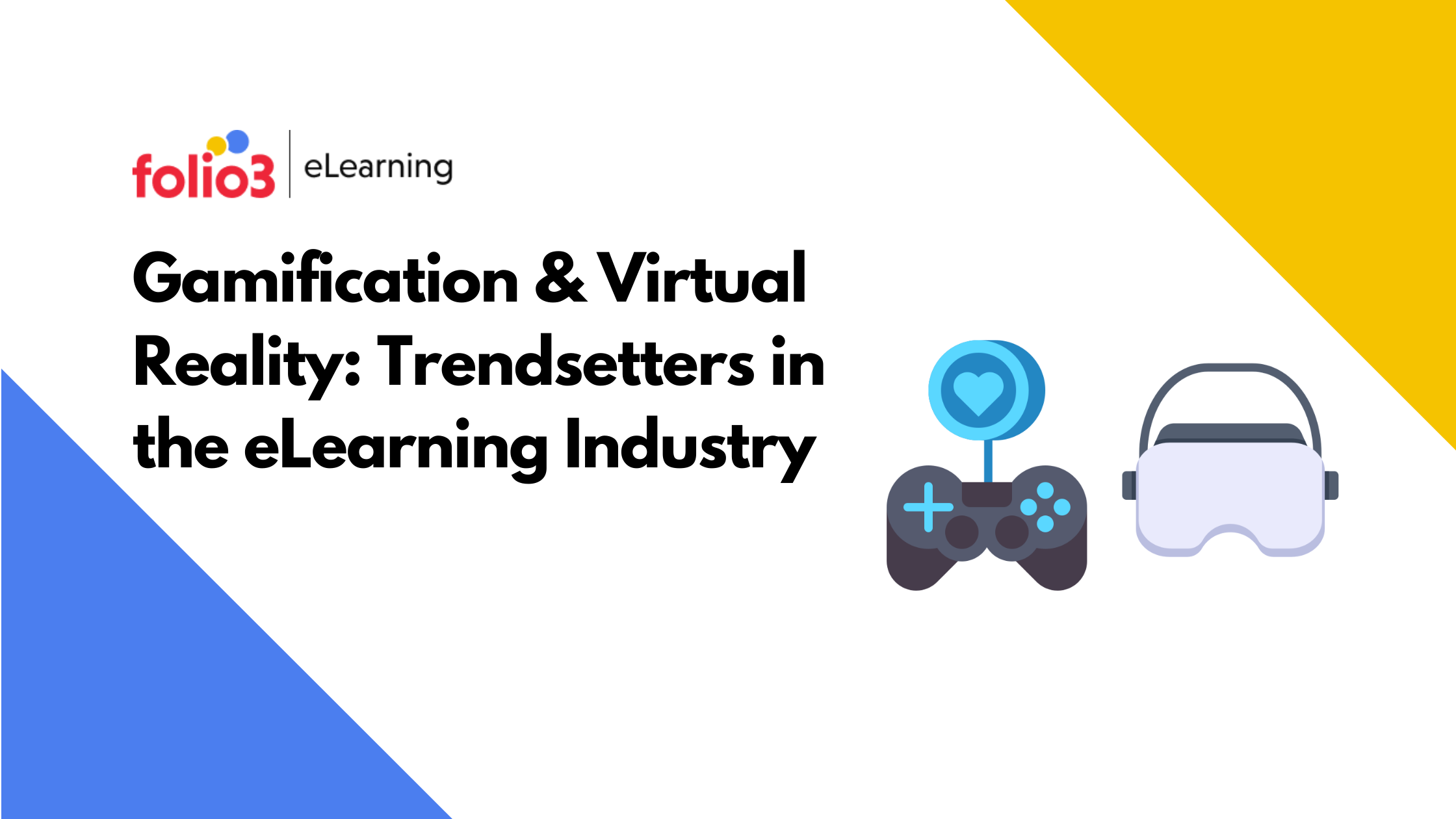
The term “gamification” carries a lot of weight! Perhaps when you hear it, you scoff and consider “buzzword.” Or maybe the idea of gaming in eLearning intimidates you a little. There are a ton of methods to include games and gaming elements in your corporate eLearning, the truth is.
The article explains the 4 most motivating instances of gamification in eLearning and everything you need to introduce gamification to your business.

4 Amazing Gamification In eLearning Examples
Among numerous examples of gamification in eLearning following four holds a higher place above all and here’s why.
- Example Number 1 – Pitting Learners Against Other Learners Through Timed Quizzes
The Open University gamification quiz provides insightful information for the study of face recognition, but a few straightforward features give the impression that it is a game to the user. While remaining entertaining and captivating, it also provides scholastic value.
The reasons why it works are;
- It deftly establishes the difficulty right away: a “could you be…” query immediately suggests the “objective” of the game.
- Early on, the competitive aspect is also hinted: 3 million people have already tried it; join them, maybe even outdo them!
- Compared to a conventional invitation to engage in research, the user is drawn in more quickly by vibrant colors, straightforward language, and attention-grabbing graphics.
- Even though each question is the same, the user remains interested and encouraged to proceed to the end because no in-play feedback is provided.
- An essential game mechanic for maintaining players’ interest is that the queries get harder while the time allotted stays the same.
- An invitation for sharing it with peers via a social networking button follows the score and feedback, broadening the research’s audience.
- Example Number 2 – Microlearning Gamified Assessment
This illustration uses a very adaptable gaming strategy. We developed a library of gamified tests, each presented as a separate micro-challenge.
The questions are created in a mobile-first microlearning format which can be easily absorbed on the go, and they can be used to assist any official training for:
- Practice
- Gaining proficiency
- Feedback from post-training connections that would aid in revising the main training
- Example Number 3 – Rewards & Recognition Badges Through Gamified Quizzes
When does a test turn into a game? Maybe when timers introduce a competitive aspect, or when visual rewards and badges are added to basic point scoring. This gamification in the eLearning instance accomplishes both of those goals while also showcasing a variety of questions kinds.
Here’s why it will work every time;
- This feels like more than just a quiz thanks to the use of a variety of question types, including audio inquiries.
- It strikes a decent balance between providing the user time to reflect and introducing a level of competition with timed questions.
- Gain a lot of points and badges are two objectives of the learning journey.
- Example Number 4 – Creating Sales Stimulations By Combining Gaming Elements & Scenarios
This example of gamified eLearning demonstrates how a scenario-based strategy can cleverly incorporate basic gaming mechanics. The end product is a learning environment that is realistic and highly appealing to salespeople.
here is why it works every time;
- The game mechanics’ feeling of competitiveness and pressure is appropriate for the topic because they simulate a fast-moving, goal-oriented sales floor.
- The responsibilities feel higher and the activity can be more immediately applied to the workplace because the user is the character rather than the controlling one.
- It is a wonderful example of how to implement gamification in business training without incurring significant costs. It is a low-cost audio-driven simulation.
Best Practices In Gamification In eLearning – Why These Examples Are Amazing?
The best gamification in eLearning aspects that make games interesting, inspiring, or educational is in the eLearning activities you create. The best strategy when using gamification includes the following components.
- Storyboards
To draw your users’ attention and lead them on a trip, develop a compelling storyline. This is a fantastic method for developing engaging content that keeps viewers interested throughout. This type of gamification in business can be made even more enjoyable by including personalities or avatars to symbolize employees.
- Competitiveness
To maintain high levels of motivation, gamification in the workplace can enable users to fight against members of their team, anonymous players, or even themselves. A leaderboard keeps students aware of how they compare to their classmates, which is especially useful for sales representatives and top performers who are driven to keep raising the bar.
- Visual Aesthetics
Your business eLearning course’s aesthetic appeal and user appeal can both be increased by using visually appealing elements and appealing designs. For a learning experience that is aesthetically stimulating, combine vibrant colors and graphics.
- Rewards
Gamifying your learning can help to increase motivation and keep users engaged for extended amounts of time by rewarding them with things like badges, medals, or unlocking new levels.
- Challenges
Use smaller, more frequent jobs as rewards for your students, and as the session goes on, increase the difficulty. With the knowledge they have gained along the way, they will be primed and prepared for harder, more rewarding challenges as a result of this, in addition to assisting them in getting into the flow of things.
Conclusion
These four instances demonstrate that gamification in eLearning isn’t as daunting as people think it is. With a little planning, adding gaming components like points, badges, and levels can give your online courses a new dimension that will engage students and help them remember the material.

FAQs
Gamification in eLearning is the use of game elements and mechanics in online learning programs to enhance engagement, motivation, and retention.
Some examples of gamification in eLearning include incorporating points, badges, leaderboards, quests, challenges, and rewards into the learning experience.
Gamification in eLearning can improve learner engagement, motivation, knowledge retention, and overall learning outcomes. It can also make learning more fun and enjoyable for learners.
Gamification can be used to enhance learning outcomes by providing learners with feedback on their progress, encouraging healthy competition, and promoting active participation in the learning process.
Some challenges of implementing gamification in eLearning include designing effective game mechanics, ensuring that the games align with learning objectives, and addressing potential issues of accessibility and inclusivity.
You can measure the effectiveness of gamification in eLearning by tracking metrics such as learner engagement, completion rates, knowledge retention, and performance on assessments. You can also gather feedback from learners to evaluate their perceptions of the gamified learning experience.
Some best practices for implementing gamification in eLearning include setting clear learning objectives, aligning game mechanics with learning objectives, providing feedback on progress and performance, and incorporating social elements into the game mechanics to encourage collaboration and communication among learners.











